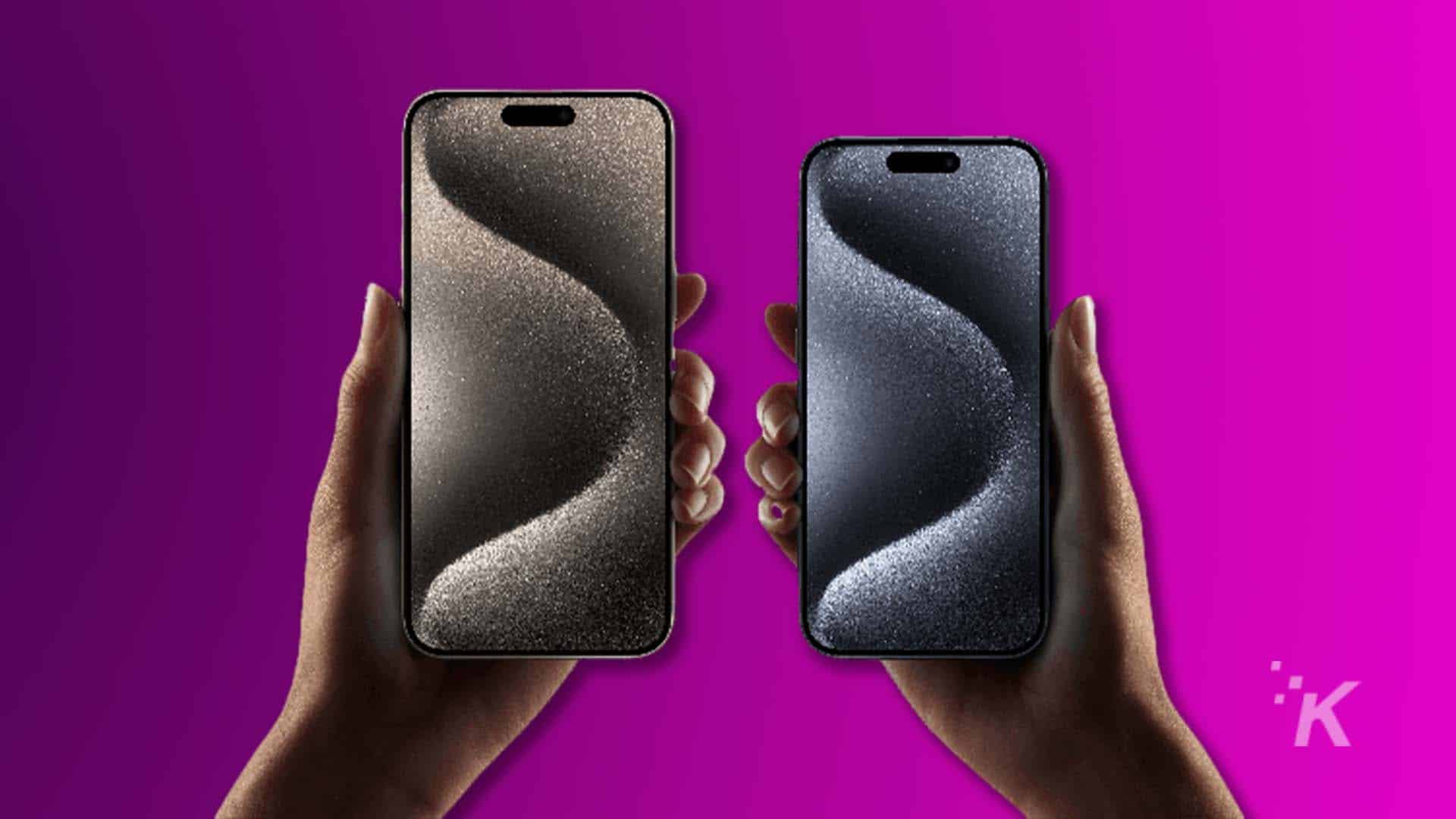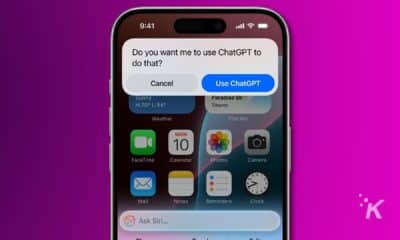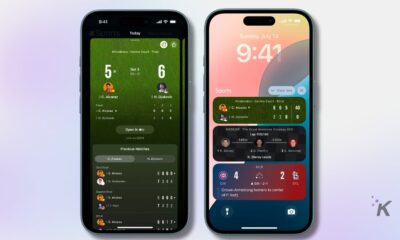Apple
How does Apple’s new Stolen Device Protection feature work?
iPhone thieves can wreak havoc in the first few minutes after the theft. The new Stolen Device Protection feature aims to prevent that.

Just a heads up, if you buy something through our links, we may get a small share of the sale. It’s one of the ways we keep the lights on here. Click here for more.
iPhones double as gateways to our digital lives, so securing them is more crucial than ever. Knowing this, Apple has introduced a new feature named Stolen Device Protection.
This feature is a decisive response to a gaping security vulnerability that enabled iPhone thieves to hijack customer accounts, access personal and financial information, and lock users out of their digital lives.
Imagine a scenario where thieves, having watched you input your iPhone passcode, steal your device and wreak havoc on your digital existence.
It’s a modern nightmare that can become a reality for many: hackers can access your saved passwords, steal money from your accounts, and lock you out of precious digital memories.
Apple’s countermeasure: Stolen Device Protection

Stolen Device Protection is designed to thwart such attacks, safeguarding your digital persona.
It adds an extra layer of security, preventing unauthorized setting changes when the device is not in familiar locations like home or workplace.
Here’s how it enhances the security of key actions:
- Apple ID Password Changes: Previously, a thief could use your passcode to change your Apple ID password, effectively locking you out.
With the new feature, changing the password away from a familiar location requires Face ID or Touch ID, followed by an hour-long delay and a second biometric confirmation. - Recovery Key and Trusted Phone Number Updates: Similar to password changes, updating these critical recovery elements will also necessitate two biometric confirmations separated by an hour-long delay.
- Accessing Keychain Passwords: The iCloud Keychain is a treasure trove of passwords. With Stolen Device Protection, the passcode alone can’t unlock the Keychain; biometric authentication is mandatory.
What’s still at risk?

Even with Stolen Device Protection activated, any app not secured with an additional password or PIN remains vulnerable.
Apple Pay can still be accessed with a passcode if biometrics fail, which is why Apple recommends:
- Creating Complex Alphanumeric Passcodes: A mix of letters and numbers is tougher to crack than a simple numeric code.
- Adding PINs to Financial Apps: Bolster apps like Venom, Cash App, Coinbase, and Robinhood with additional PINs or biometric locks.
- Acting Swiftly with Remote Wipe: If your iPhone is stolen, quickly navigate to icloud.com/find on any device to erase your iPhone’s data remotely.
| Feature | Old Security | New Stolen Device Protection |
|---|---|---|
| Apple ID Password Change | Passcode could unlock the iCloud Keychain | Requires Face ID or Touch ID, plus an hour delay and a second biometric confirmation |
| Recovery Key Updates | Passcode alone could be used to establish a Recovery Key | Two biometric confirmations an hour apart are now required |
| Access to Keychain | Passcode could unlock iCloud Keychain | Face ID or Touch ID is mandatory to access Keychain; passcode is not sufficient |
| Apple Pay Access | Passcode could be used if biometrics failed | No information provided; presumably remains the same |
| Device Erase | Could be initiated with a passcode | Requires biometric authentication and a delay period |
| Find My iPhone | Thieves could disable with passcode | Additional biometric checks and time delays make disabling more difficult |
Stolen Device Protection is still baking in the oven
Currently, Stolen Device Protection is still in the beta testing phase. However, if you want to benefit from this enhanced security, you can join the Apple Beta Software Program.
Participating in the beta not only gives you early access to new features but also allows you to provide feedback directly to Apple, helping shape the final product.
To join the beta, visit Apple’s Beta Software Program page and sign in with your Apple ID, then follow the provided instructions to enroll your device.
Final Thoughts
The Stolen Device Protection feature, debuting in a forthcoming iOS 17.3 update, requires user activation. It’s a significant step towards protecting users against physical thefts that escalate into digital disasters.
As Apple continues to innovate in security, users must remain vigilant and proactive in securing their devices with the tools available.
Apple’s message is clear: the safety of your digital life rests not just in their hands but in yours, too.
If you’re interested in learning more about Stolen Device Protection and how to enable it for your iPhone, our guide on how to enable Apple’s Stolen Device Protection should answer any questions you may have.
Have any thoughts on this? Drop us a line below in the comments, or carry the discussion to our Twitter or Facebook.
Editors’ Recommendations:
- Apple Music collaborative playlists are officially delayed till 2024
- Apple confirms it took down Beeper Mini to safeguard its users
- Apple is rehauling its iPad lineup because there are simply too many
- Apple drops surprise iOS 17.1.2 update: why you need to update
































